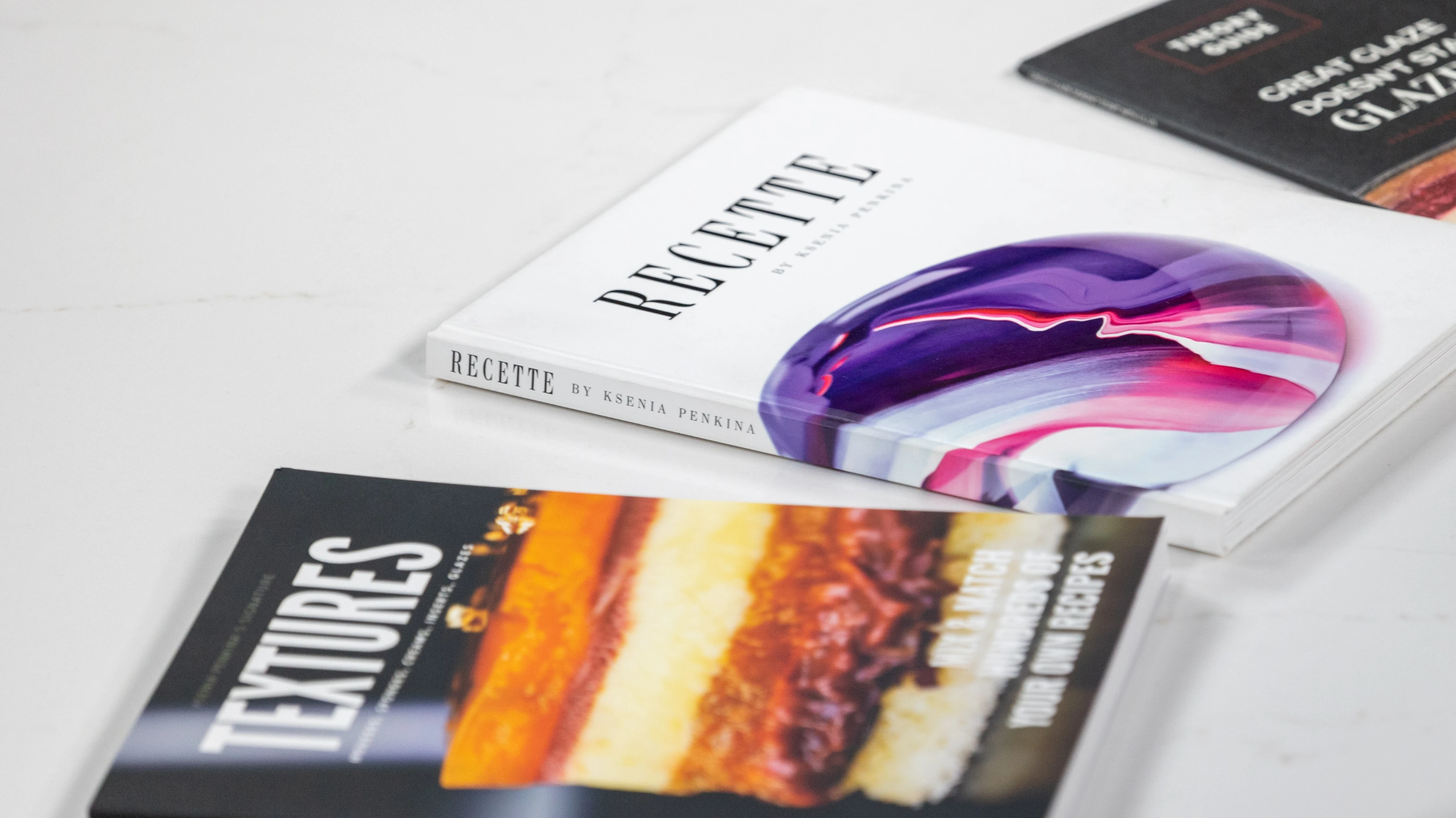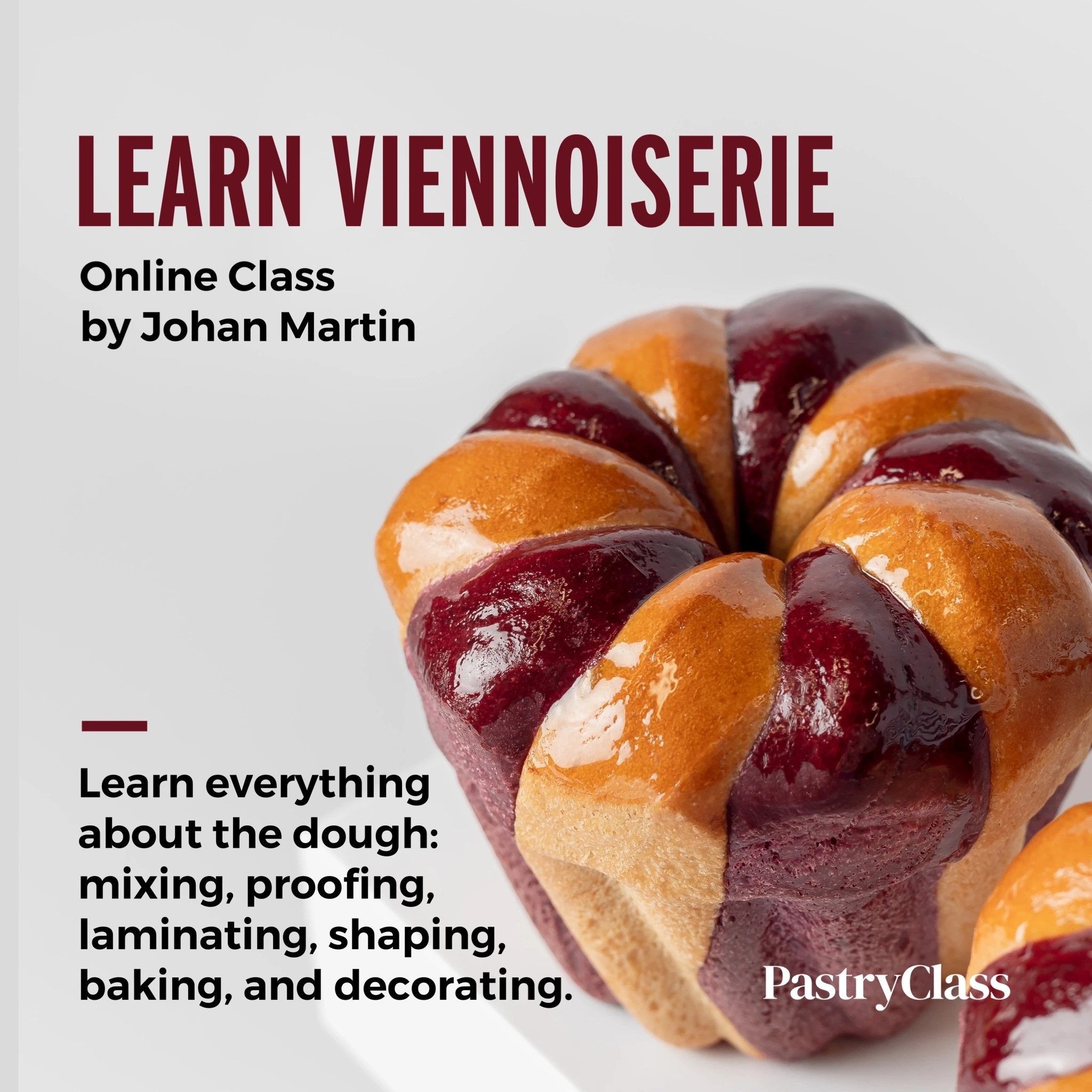Understanding Meringue Basics
Meringue is essentially a sweet, airy mixture made from beaten egg whites and sugar. There are three main types:
- French Meringue: The simplest form, made by whipping raw egg whites with sugar. It's ideal for cookies and light toppings.
- Swiss Meringue: Created by heating egg whites and sugar over a double boiler before whipping. This method yields a smooth, stable meringue suitable for frosting and filling.
- Italian Meringue: Made by pouring hot sugar syrup into whipped egg whites. This meringue is incredibly stable and used in sophisticated pastries and confections.
Egg Whites: Use fresh, cold egg whites for best results. Ensure they are free from any yolk or fat, as even a small amount can prevent proper whipping.
Sugar: Granulated sugar is commonly used. For a finer texture, superfine or powdered sugar can be used. Gradual addition of sugar helps to integrate it smoothly into the egg whites.
Acidity: Adding a small amount of acid, like lemon juice or vinegar, stabilizes the meringue by strengthening the egg white proteins.
Salt: A pinch of salt enhances flavor and stabilizes the mixture.
Tools: Use a clean, grease-free bowl, preferably metal or glass. A stand mixer with a whisk attachment is ideal for achieving stiff peaks.
Achieving Perfect Stability
Preparation Tips: Ensure your mixing bowl and beaters are completely clean and dry. Any traces of grease can affect the meringue’s ability to whip properly.
Mixing Techniques: Start whipping the egg whites on medium speed until they become foamy. Gradually increase the speed to high as you add the sugar slowly, allowing it to dissolve completely.
Acid Addition: Add a few drops of lemon juice or vinegar once the egg whites are foamy. This step helps stabilize the meringue and enhances its texture.
Sugar Incorporation: Add sugar gradually, allowing it to dissolve completely before adding more. This prevents graininess and helps achieve a smooth, glossy finish.
Perfecting Texture
Soft Peaks vs. Stiff Peaks: Soft peaks are achieved when the meringue forms peaks that gently bend over. Stiff peaks stand upright and hold their shape. For most applications, aim for stiff peaks, which are more stable and easier to work with.
Avoiding Overmixing: Overmixed meringue can become dry and break down. Stop mixing as soon as you achieve stiff peaks with a glossy appearance.
Smooth vs. Grainy: To ensure a smooth texture, make sure the sugar is fully dissolved. Rub a small amount of meringue between your fingers; if it feels gritty, continue mixing until smooth.
Enhancing Flavor
Extracts and Flavors: For added flavor, incorporate vanilla, almond, or other extracts. Use these in small quantities to avoid disrupting the meringue’s stability.
Coloring: Use gel or powdered food colors to tint your meringue without affecting its texture. Add color sparingly to achieve the desired hue.
Baking and Storage
Baking Tips: Bake meringues in a preheated oven at a low temperature (around 225°F or 110°C) to dry them out rather than browning. Baking times vary based on size, but generally, meringues should be crisp on the outside and slightly chewy inside.
Cooling: Allow meringues to cool completely in the oven with the door slightly ajar to prevent cracks caused by sudden temperature changes.
Storage: Store meringues in an airtight container to keep them crisp. Avoid humid environments, as moisture can cause them to become soft.
Troubleshooting Common Issues
Weeping Meringue: If your meringue releases liquid, it may be due to underwhipping or insufficient sugar. Ensure thorough mixing and proper sugar dissolution.
Cracking: Cracking can occur from rapid temperature changes. Cool meringues gradually in the oven to minimize this issue.
Soft or Runny Meringue: A runny meringue may result from inadequate whipping or too much moisture. Ensure the egg whites are whipped to stiff peaks and the bowl is free from moisture.
Advanced Techniques for Professional Chefs
Meringue Sculptures: For intricate designs, use stabilized meringue and piping bags with fine tips. Practice and patience are key to creating detailed meringue decorations.
Flavored Meringue Variations: Experiment with flavor extracts, spices, or even fruit powders to create unique meringue variations.
Meringue Consistency Adjustments: Techniques such as adding cornstarch or other stabilizers can help adjust the meringue’s consistency for specific applications, like fillings or decorations.
Perfecting meringues requires attention to detail and a bit of practice. By understanding the basics, mastering techniques for stability and texture, and incorporating flavor creatively, you can elevate your meringue game and impress with beautifully crafted pastries. Don’t be afraid to experiment and refine your skills—great meringues are just a whisk away!
Want to Learn More?
Turn your pastry to success with PastryClass. Enroll new pastry skills, unleash your creativity, boost sales, enhance career opportunities, transition into an instructor role yourself, or simply discover a fresh passion. Learn with Cédric Grolet, Pierre Hermé, Ramon Moratò, Frank Haasnoot and more.
September 11, 2024 By PastryClass



























